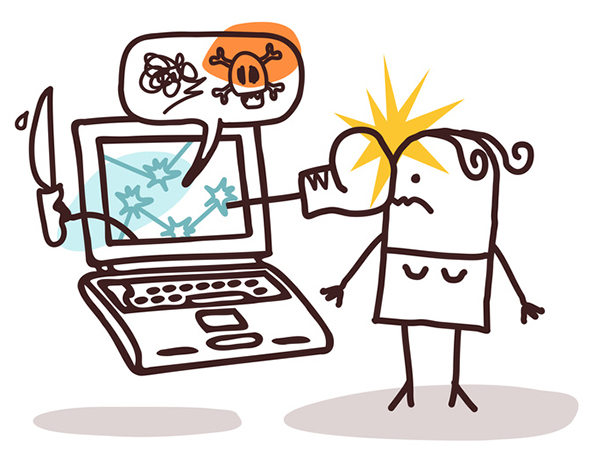What do we mean by cyberbullying?
Cyberbullying means insulting, threatening, defaming or intentionally harassing other people using modern means of communication, usually for a long period of time.
Cyberbullying happens either on the Internet (e.g. by e-mail, instant messenger, social networks, videos on various portals) or by telephone (e.g. by WhatsApp or annoying calls). Most of the time, the culprit, referred to as “bully”, acts anonymously, so that the victim does not know from whom the attacks come.
Especially in cyberbullying among children and young people, victims and perpetrators also know each other in the “real” world. Victims almost always suspect who might be behind the attacks. Cyberbullying starts usually from people in the close environment: school, residential area, village or ethnic community. Cases involving complete strangers are very rare.


Important differences with “simple”, face-to-face bullying
- Cyberbullying is an intrusion into private life which takes place continuously and which does not end at the doorstep of the house (except when the new media are not used at home).
- The extent of the dissemination of information is not predictable because of the many possibilities and the speed of the new communication media.
- The perpetrators, the so-called “cyberbullies”, can act anonymously and often consider themselves safe because of this anonymity. In most cases, the presented identity of the perpetrator is very different from reality.
- Age or external image are not important criteria for cyberbullying. This can occur both between people of the same age (peers) and between people of different ages (student-teacher).
- There is the possibility of unintended cyberbulling as thoughtless actions without awareness of the consequences can be hurtful to the affected person. The perpetrator usually does not see these reactions and is not aware of the scale of the actions.